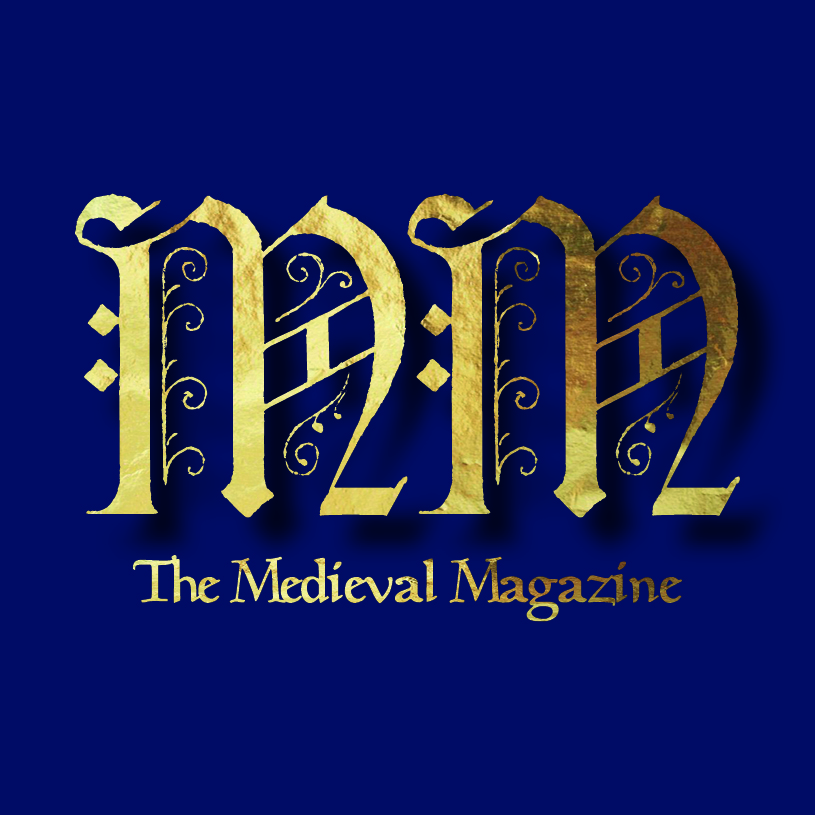Issue 138, Heresy
Issue 138, Heresy
Were there possible Cathar connections found in medieval music? Did troubadours hide their religious views about the Cathars in their songs? We look at the lives of two religious women and their untimely demises: Joan of Arc and the near-forgotten anchoress, Catherine Sauve of Montpellier. Sauve was an anchoress for only a year before being condemned as a heretic by the Inquisition for “dissident views” and burned at the stake. What can we learn about her sudden and shocking death? We visit the town of Domrémy, home to Joan of Arc, and learn about a fairy tree and how local belief in fairies and benign pagan spirits may have helped seal her fate. We also look at the heresies of the Byzantine Empire – the Bogomils and Paulicians, who were the inheritors of the dualism of Zoroastrianism and Manichaeism. How did these early dualist beliefs later influence the Cathars? We examine the Malleus Maleficarum for clues and try to answer the question: how does one try a heretic? We travel through Iberia to discover what happened to the persecuted conversos. What did it mean to be a Judaizer? How far did the Inquisition spread in the New World? What happened to conversos who sought refuge in places such as Brazil and Mexico? Lastly, no issue on heresy would be complete without a look at one of its most famous martyrs – Jan Hus. We look at his rise and fall and the legacy of the Hussite movement after his death.
Heresy






